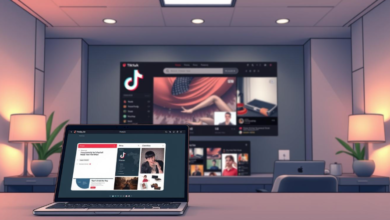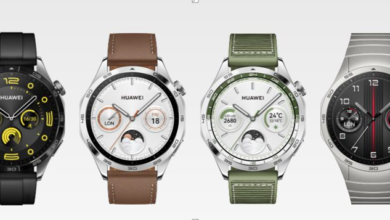Benefits of USB-C Video Cables: Streamlined Connectivity for Modern Needs

USB-C has rapidly become a universal standard for connecting modern devices, evolving to provide more than just data transfer. USB-C video cables now offer video transmission capabilities, creating a streamlined, efficient solution for users seeking both simplicity and performance. This article explores the key benefits of USB-C video cables, explaining why they’re ideal for anyone looking for high-quality visuals, faster data transfer, and seamless connectivity across devices.
The Benefits of USB-C Video Cables
Enhanced Video Quality and Resolution
One of the primary advantages of usb c video cable is their ability to deliver high-quality video output. Supporting resolutions up to 4K and even 8K in some configurations, USB-C can ensure clear, crisp visuals perfect for content creation, professional presentations, and immersive gaming experiences. This high-resolution capability is especially beneficial for those working in design, media, or industries requiring precision visuals, as well as for consumers who want an elevated viewing experience. With USB-C, you also get support for HDR (High Dynamic Range), improving contrast and color accuracy for a more realistic and vivid picture.
The ability to transmit video and audio over a single USB-C cable is a step forward in device simplicity and accessibility. As more laptops, monitors, and other devices adopt USB-C, users gain a seamless, all-in-one solution that eliminates the need for multiple cables, adapters, and ports. This quality enhancement also contributes to improved efficiency in professional and personal spaces by minimizing visual clutter while maximizing performance.
Faster Data Transfer and Charging Capabilities
USB-C is not only about video—it’s about speed and efficiency. With capabilities to deliver data transfer rates up to 40 Gbps when using USB4 or Thunderbolt 3 standards, USB-C is far faster than previous USB generations. This high-speed data transfer is invaluable for users dealing with large files, high-definition video editing, and intensive data tasks, allowing them to work and share content without delay.
Additionally, USB-C video cables often support Power Delivery (PD), which allows devices to charge while transferring video and data through the same cable. This reduces the need for extra power adapters and cables, as one USB-C cable can connect and charge compatible laptops, tablets, or smartphones simultaneously. For mobile users, the efficiency of USB-C makes it a perfect choice for work on the go, reducing the need for multiple adapters and making it easier to stay powered and connected. The integration of fast data transfer and power delivery in a single cable increases productivity and portability, particularly for professionals who need reliable performance wherever they are.

Simplified Connectivity Across Devices
USB-C’s versatility shines in its ability to connect with a wide array of devices. Unlike previous standards that required separate HDMI, VGA, or DisplayPort cables for video output, USB-C is compatible with all of these, making it a universal solution. By using adapters or devices with native USB-C support, you can connect your laptop to monitors, projectors, and even TVs with ease.
The compatibility of USB-C extends beyond display options. It’s quickly becoming a preferred choice for many modern devices, including laptops, smartphones, tablets, and monitors. As USB-C grows more universal, users benefit from a streamlined experience, where one cable type can connect, charge, and share content across almost any device. This flexibility makes USB-C ideal for those who use multiple devices or frequently switch between different workstations, as it removes the hassle of carrying multiple cables and adapters for each setup.
Future-Proofing for Next-Generation Devices
Investing in USB-C video cables also provides a level of future-proofing for technology upgrades. With leading device manufacturers like Apple, Samsung, and Dell transitioning to USB-C as a primary port, the industry is moving towards USB-C as the standard for connectivity. By choosing USB-C cables, users align themselves with this trend, ensuring their equipment remains compatible with next-generation devices.
Future-proofing extends beyond device compatibility. USB-C’s support for the latest transmission standards, like Thunderbolt 4 and USB4, provides flexibility as new technology and capabilities emerge. This adaptability means that even as devices evolve to include new features, a USB-C cable purchased today is likely to be compatible with the devices of tomorrow, offering both backward compatibility and forward-looking adaptability. This quality makes USB-C video cables an excellent long-term investment for tech-savvy users and professionals.
Conclusion
USB-C video cables are transforming how we connect, transmit data, and display content. Offering high-quality video resolution, fast data transfer, and broad compatibility, USB-C simplifies the way users interact with their devices. This all-in-one solution streamlines workspaces, reduces cable clutter, and enhances the portability and efficiency of mobile professionals. As technology continues to evolve, USB-C’s adaptability makes it the ideal choice for those looking for future-proof solutions. Embracing USB-C isn’t just a matter of convenience—it’s a step toward a more connected, efficient, and versatile future in digital connectivity.



